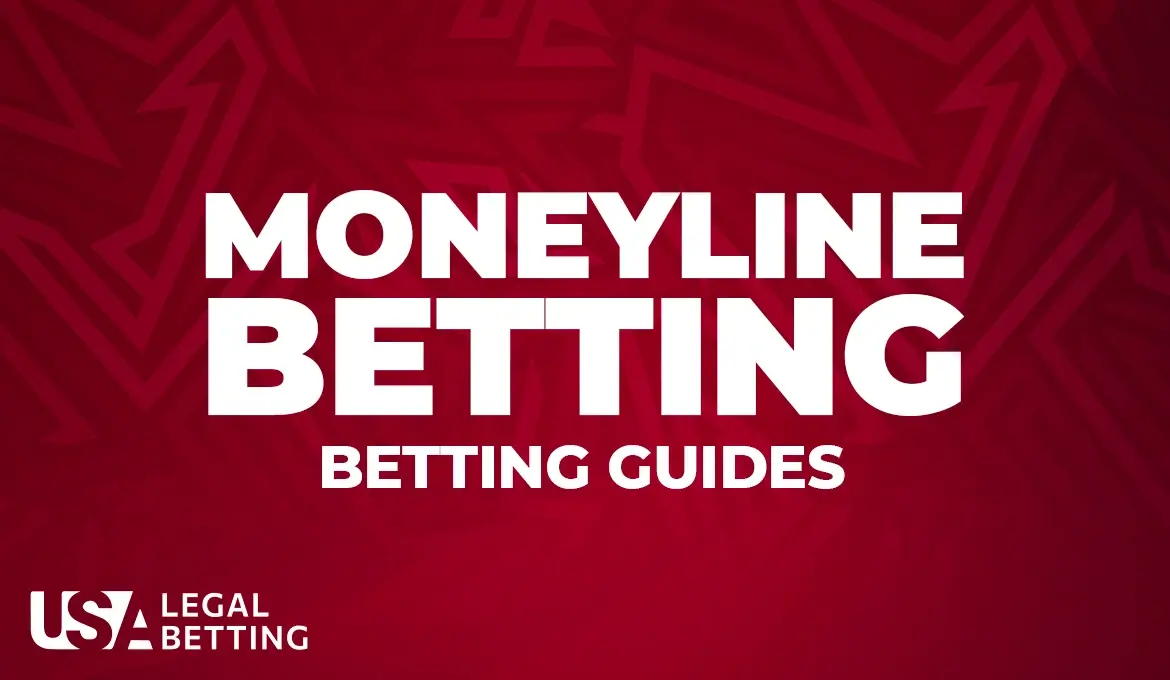What is Over/Under In Betting?
In its simplest form, the over/under is a betting market known as totals betting. With this betting market, players will wager based on how many points they think both teams involved will score combined. For the wager, an “over/under line” or “totals line” will be provided that you’ll bet against. This could appear as a whole number, like 46 or 220 points, or have an added “0.5” at the end, like 46.5 or 220.5.
The bet you’ll make it simple: Over the number provided, or under.
If the line is 46 points, you’d wager under, and you think the teams will score 40 combined. If you think they’ll combine for 50, you’d bet over.
Without getting into too much detail, this over/under construct is also used in player props with the same concept.
How Does The Over/Under Work?
As mentioned, the goal of the over/under bets is to choose whether you think the combined point total finishes with more or fewer points than designated.
Let’s use an NFL game as an example.
Right now, heading into Week 15 of the 2023-24 season, the week’s first game is the Las Vegas Raiders and Los Angeles Chargers. The over/under line is set at 33.5.
The over has a betting line of -108 (bet $108 to win $100) whereas the under is -112 (bet $112 to win $100).
Now, you’ll decide what you think the final score will be.
If you think the Raiders win 17-14, this is the final score of 31 points. Therefore, you’d wager the under. If you think the final score will be 27-24, this is 51 combined points, and you’d wager the over.
Typically, the betting odds for the over/under are -110 on each side, but there can be some variation depending on the sportsbook or if one side has seen more bets placed on it.
How To Bet On Over/Under?
Betting the over/under is the same in every sport, but each comes with some wrinkles. Below, we’ll provide an over/under bet example for the NFL, NBA, MLB, NHL, and Soccer.
Betting on the NFL
- Indianapolis Colts vs. Pittsburgh Steelers: Over 42
Indianapolis Colts vs. Pittsburgh Steelers: Under 42
As a whole number, you could potentially end up with a tie if the score ends 22-20. In this instance, this is a “push,” and you’d receive your wager back. If you decide to engage with Superbowl betting, you’ll find that the totals betting markets as the same, too.
Betting on the NBA
- Boston Celtics vs. Cleveland Cavaliers: Over 224
- Boston Celtics vs. Cleveland Cavaliers: Under 224
Like the NFL example above, if the game finishes with a score of 114-110, this would be a push. Otherwise, you’d wager over/under as with any other total bets.
Betting on the MLB
- Boston Red Sox vs. Cleveland Guardians: Over 9.5
- Boston Red Sox vs. Cleveland Guardians: Under 9.5
Baseball is a much lower-scoring game than the NBA or NFL, so you’ll see totals that are more representative of that sport.
Betting on the NHL
- Boston Bruins vs. Arizona Cyotes: Over 6
- Boston Bruins vs. Arizona Cyotes: Under 6
The NHL is also a low-scoring league and sport and will have totals that are typically even less than that of baseball. Seeing a total beyond 6.5 does happen in hockey, but it’s not too common.
Betting on the Soccer
- Manchester United vs. Bayern Munchen Total Goals: Over 3.5 (+110)
- Manchester United vs. Bayern Munchen Total Goals: Under 3.5 (-135)
Typically, with over/under bets, you’ll find that the betting odds are at or around -110. However, with soccer, whether you’re betting on the MLS or another league, it can be radically different. Goals getting scored in soccer are rarer than points in any of the sports listed above, so betting on a game finishing with three instead of four goals could be a massive swing.
With a “+” betting line, you’ll receive that money with a successful $100 wager. For example, at +135, if you bet the under on 3.5 goals and win, you’ll receive $135.
How Are Over/Under Bets Paid Out?
In states where sports betting is legal, over/under bets are paid out based on the odds provided for each side of the bet.
As mentioned, the betting odds on totals for most sports are at or around -110.
This “-” line odds, you have to bet that amount to win $100. With “+” bets, you’ll win that amount with a successful $100 wager.
So, if you bet $110 the over on a game with odds of -110 and win, you’ll receive $100.
How To Do Bookies Come Up With Over/Under Lines?
As with any line in sports betting, bookies create them according to the implied probability that’s sourced using various algorithmic models they possess. However, after the initial lines are posted, sportsbooks adjust them based on the money received on each side of the wager.








.svg)


